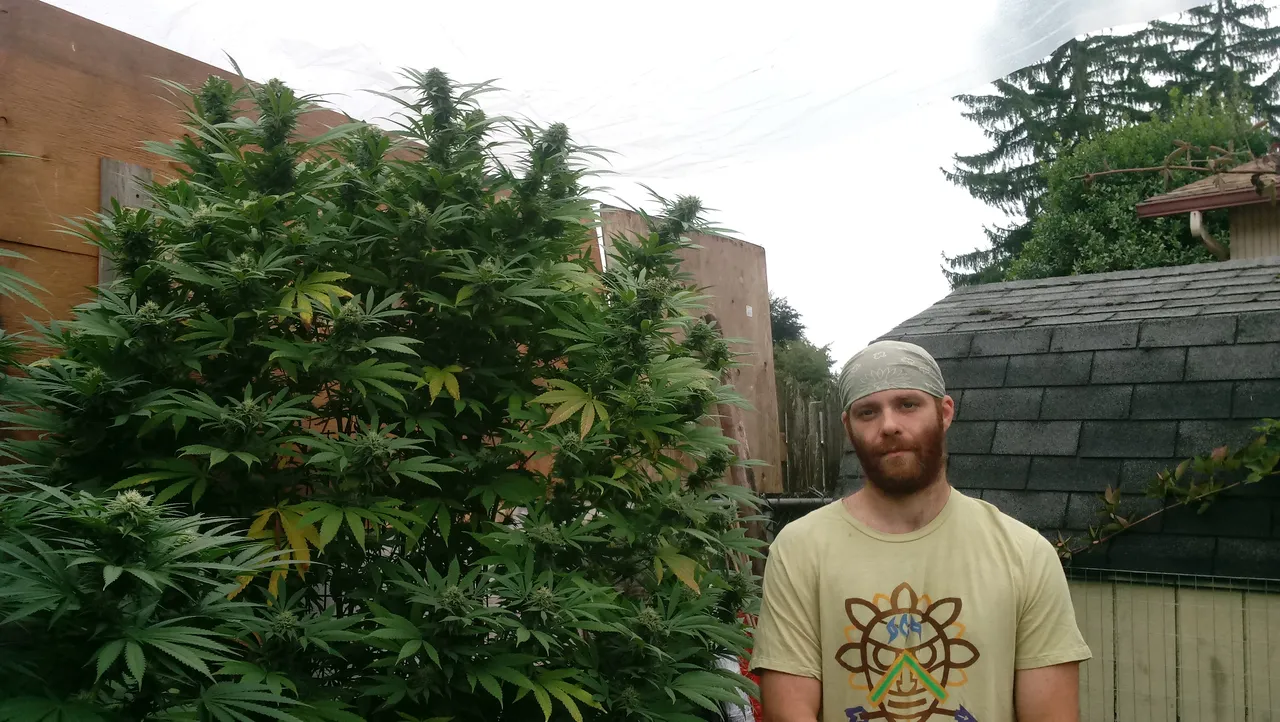
This episode cover A LOT over a ten day span of grow documentation. While I have been going through a lot personally, my grow has as well. I had almost everything bad happen to my plants this year, and the closer they get to finishing, the more problems seemingly pop up. This year's obstacles include my entire greenhouse collapsing on my plants TWICE (bending tops and breaking branches), aphids, still mites, caterpillars eating my big buds and causing botrytis (and botrytis caused by extreme weather), high heat and constant direct light for long periods causing heat stress and light burn, damaging wind storms & uncharacteristic lightning storms, nutrient burn, nutrient deficiencies from nute-lockout, random rains before and after heat waves, burning from Safer brand products twice, removing two HUGE plants from the garden that turned out to be males (one of which was over 7 ft tall), light leaks into the grow from a neighbor's house, drug addicts jumping the fence to the backyard attempting to steal the plants on two separate occasions, and constantly stepping in dog feces in the backyard from animals I do not own. The only problem I seemed to avoid was pythium (root rot), which may have still occurred on some of my sick plants (I won't know for sure until I pull more root balls).
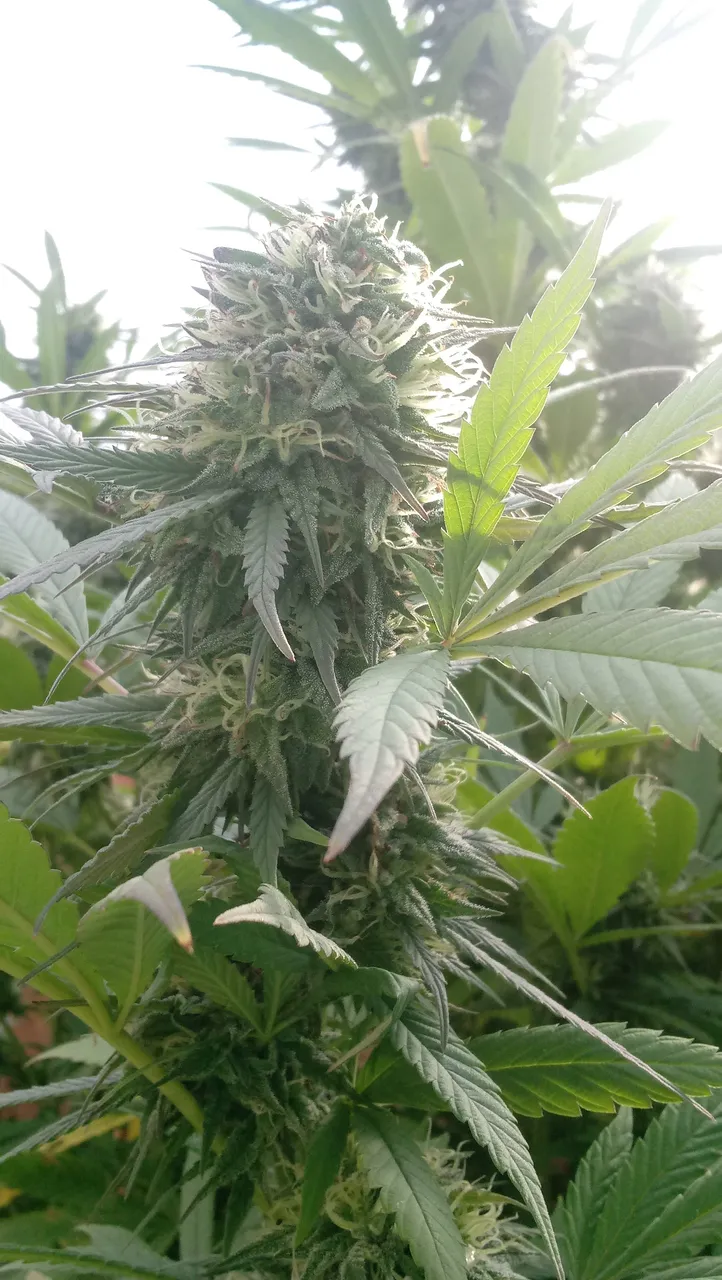
Despite all of this, I took all the necessary steps to create the most ideal environment possible to help my plants survive... and survive they did - and are (for the most part) ready to be harvested soon. I have actually already harvested 1 1/2 Monsterberry plants, and 1/2 of a Vampire.
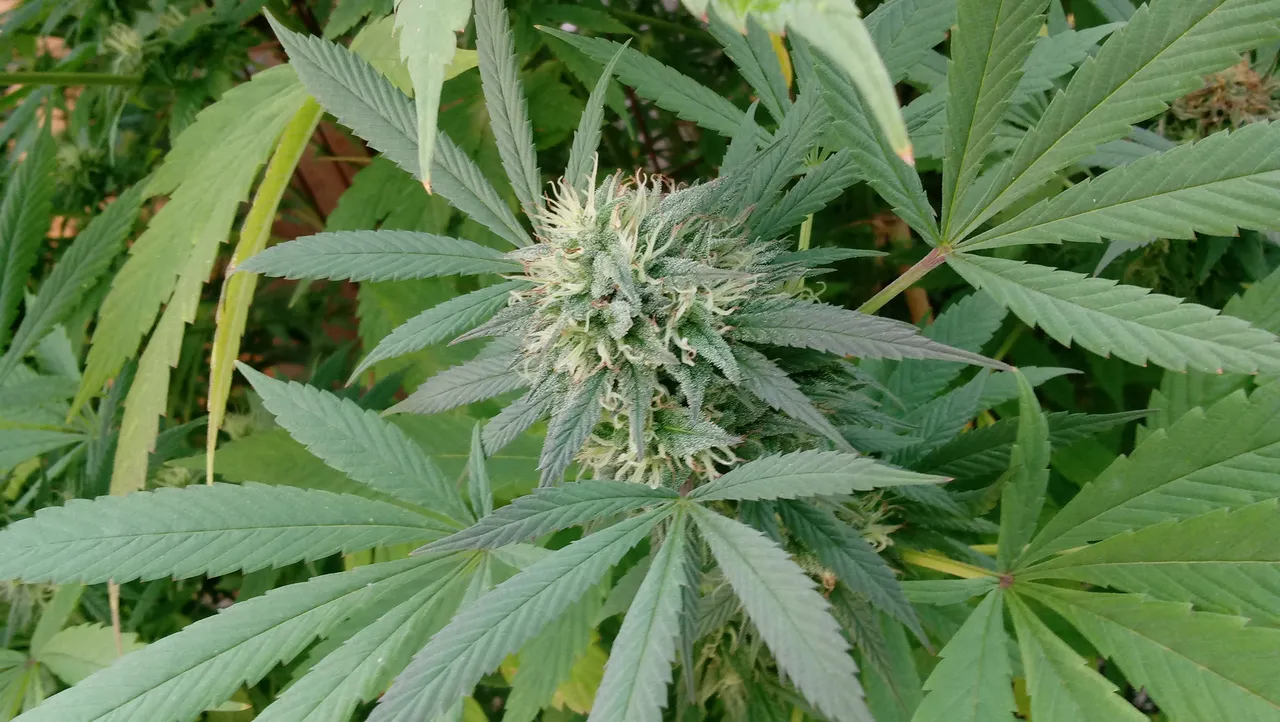
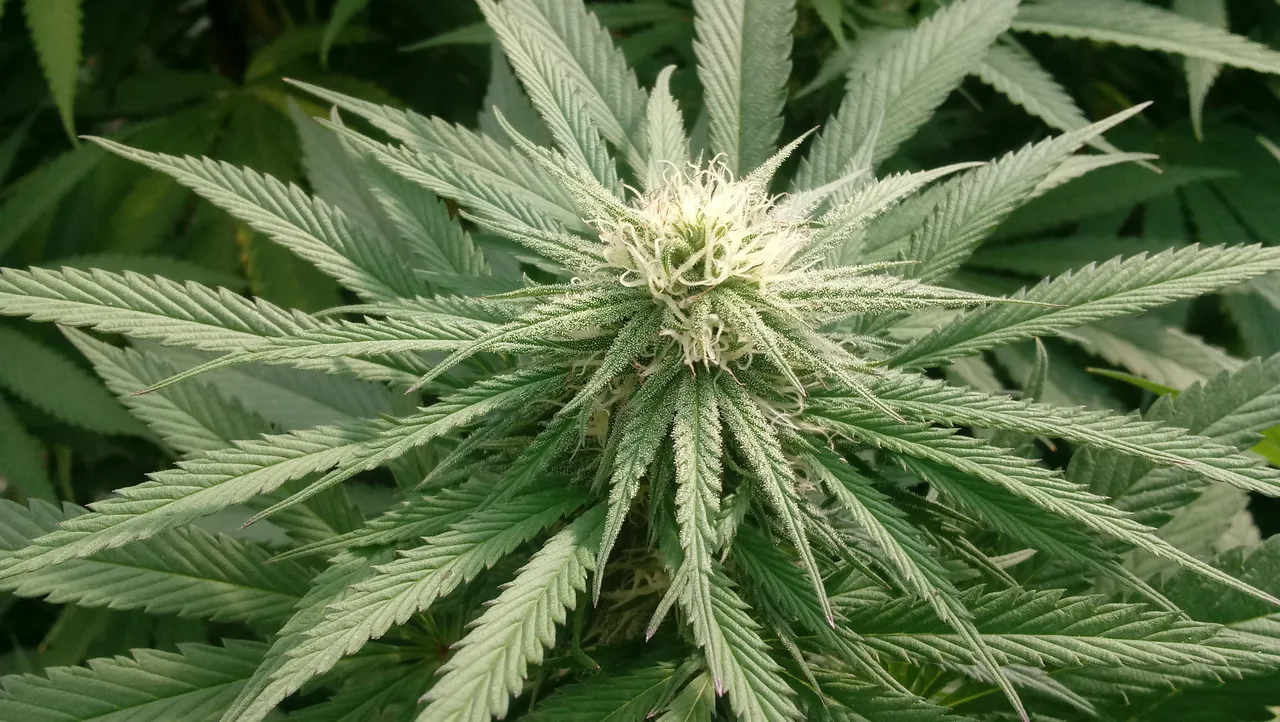
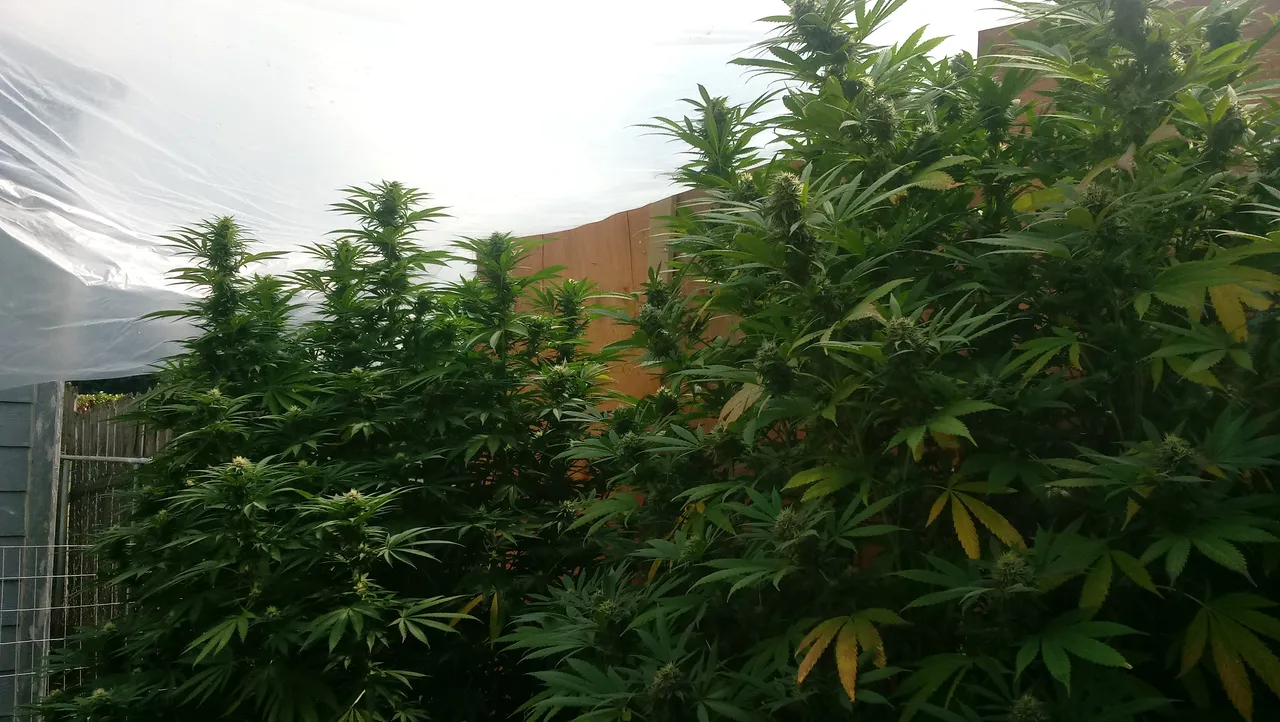
The following episode covers how I repaired my greenhouse after two poles snapped off during a wind storm and collapsed on my grow, how I released ladybug swarms to handle any remaining aphids and mites, how to recognize botrytis and how to react to it, how to wash cannabis flowers to expel worms and worm debris, how to harvest ONLY half of a cannabis plant, garden security tips (and products) to alert you when thieves are trespassing in your grow (so you can sleep at night), and viable solutions for a late stage caterpillar infestation that has the potential to take out your entire grow.
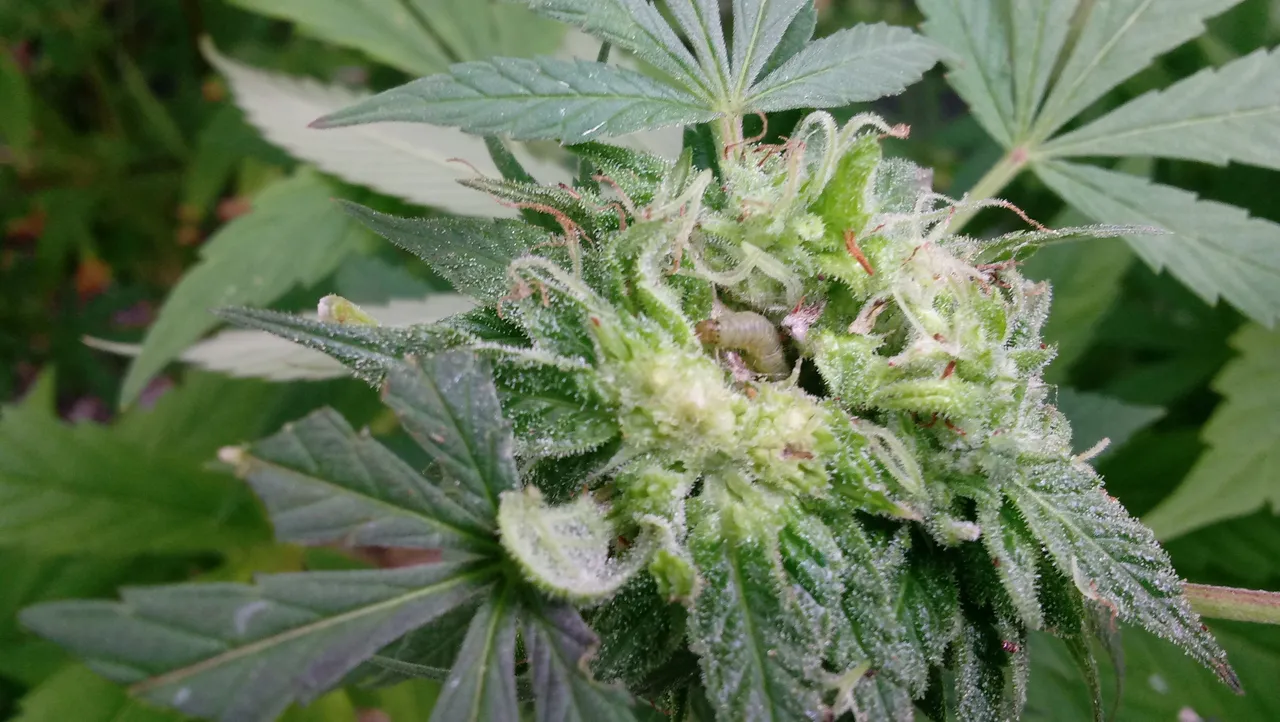
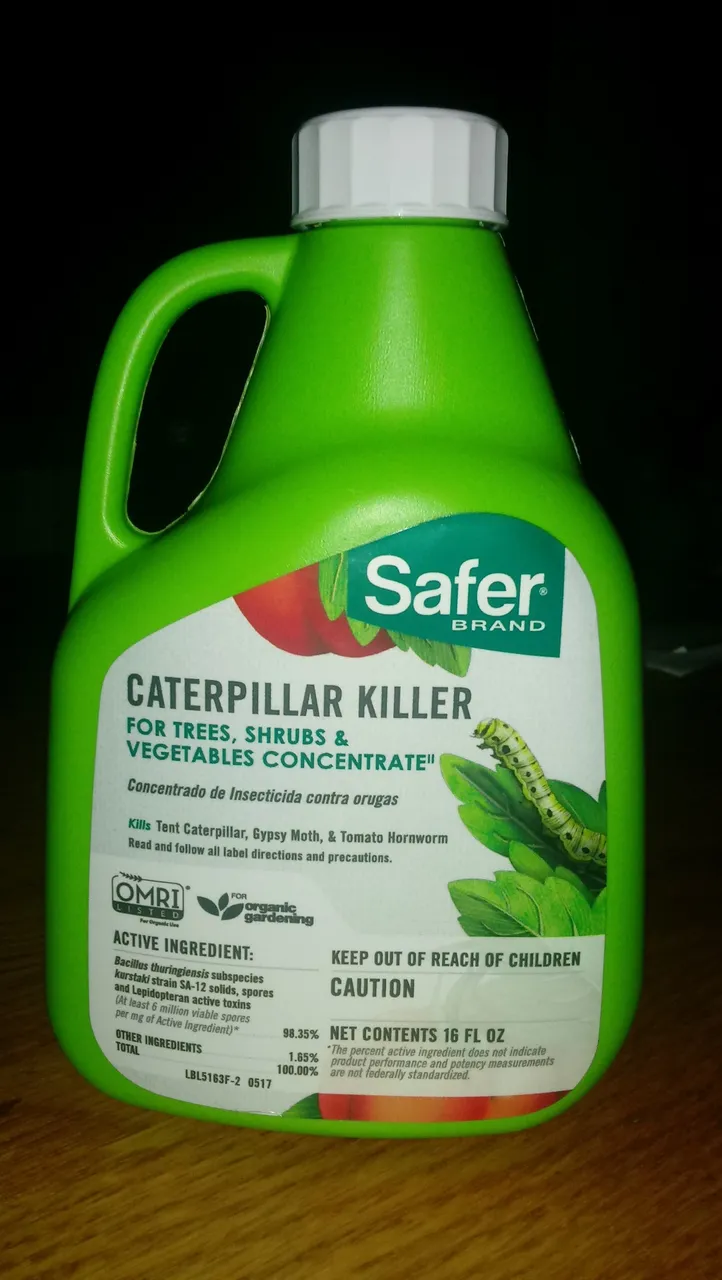
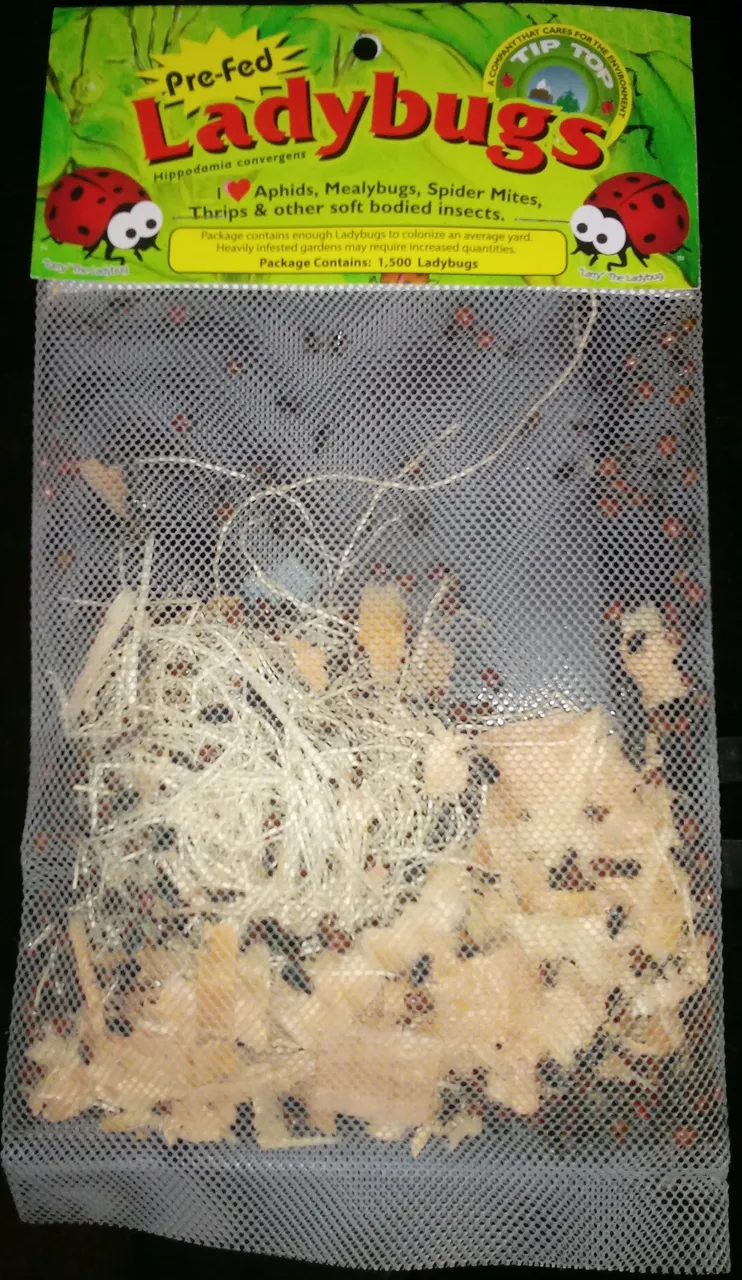
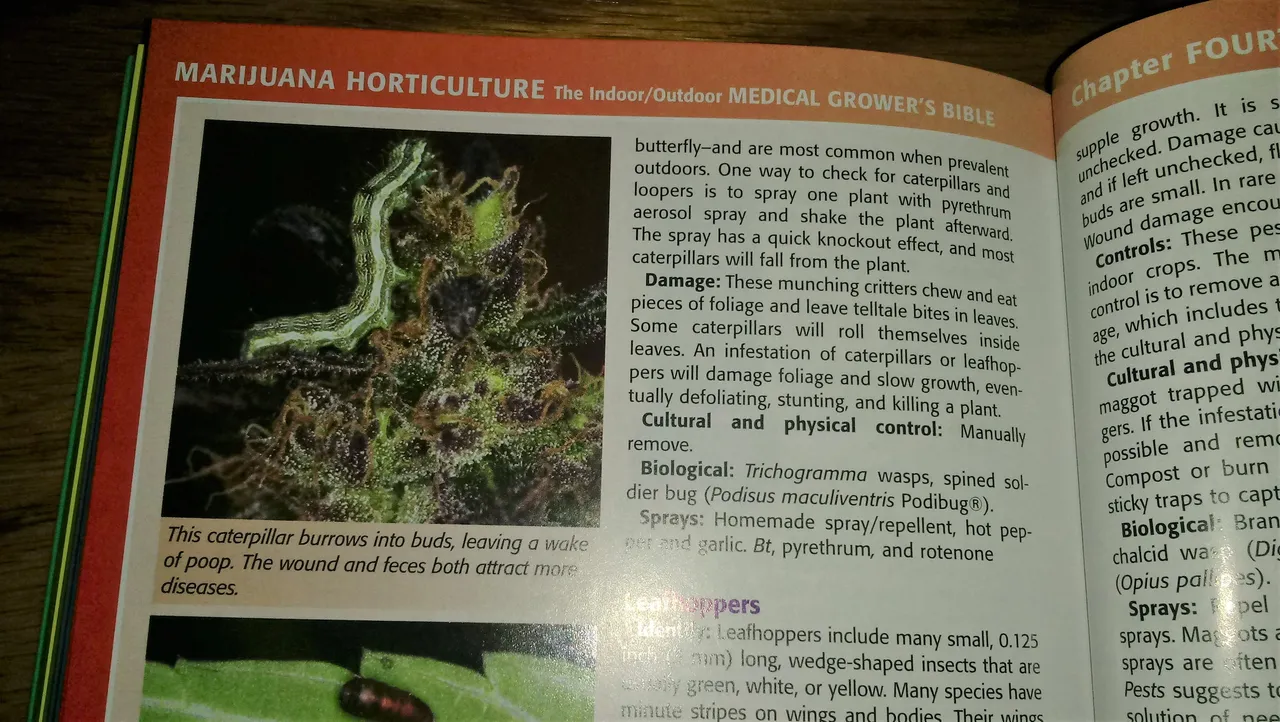
While researching the various solutions for treating a caterpillar infestation, I came across a very interesting biological method of treatment: releasing Spined Soldier Bugs into your garden. I unfortunately was not able to source these bugs locally in time to actually utilize them effectively, and was forced to treat the problem with a Safer brand version of BT spray (organic bacteria), which usually leaves the plant within 14 days of application, but is also (fortunately for me since I had to take down some plants earlier than anticipated) safe for human consumption.
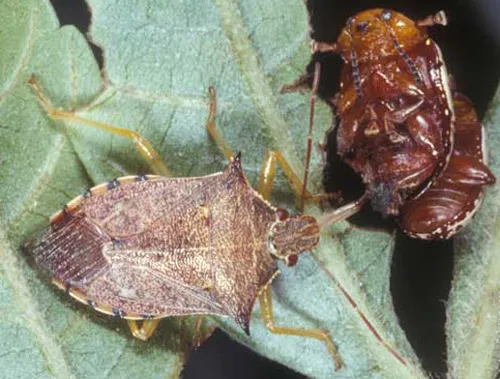
Image Source
The Spined Solider Bug also known as Podisus Maculiventris, is not to be confused with it's close cousin the Stink Bug, that has a very different scientific name of Halyomorpha Halys. This viscous attack bug (which may actually be genetically engineered by humans - no confirmation however) impales it's prey and sucks out it's internal juices. This species is highly carnivorous however, so it is recommended to only release one bug per plant unless your plants are excessively large (in which case spread them far across the plant for max separation).
"The spined soldier bug, Podisus maculiventris, is a native North American insect found from Quebec to Florida, from New England to the Pacific. It is a "generalist" and can feed on over 50 different types of prey, primarily the larvae of beetles and moths. While more common in southern areas of the U.S., this predator can be readily found in many crop and non-crop environments in the Midwest. The spined soldier bug is one of the generalist predators that help keep pest populations low in crops such as alfalfa, soybeans and fruit crops. This bug has "piecing-sucking" mouth-parts which it uses to impale prey and suck out their internal juices. Occasionally, the bugs enjoy a little salad with their meat, by sucking on plants to obtain moisture. The plants aren't harmed and the bugs don't transmit disease. In a way, by providing moisture to predators, the plants help to keep the predator around until pests appear!" (1).
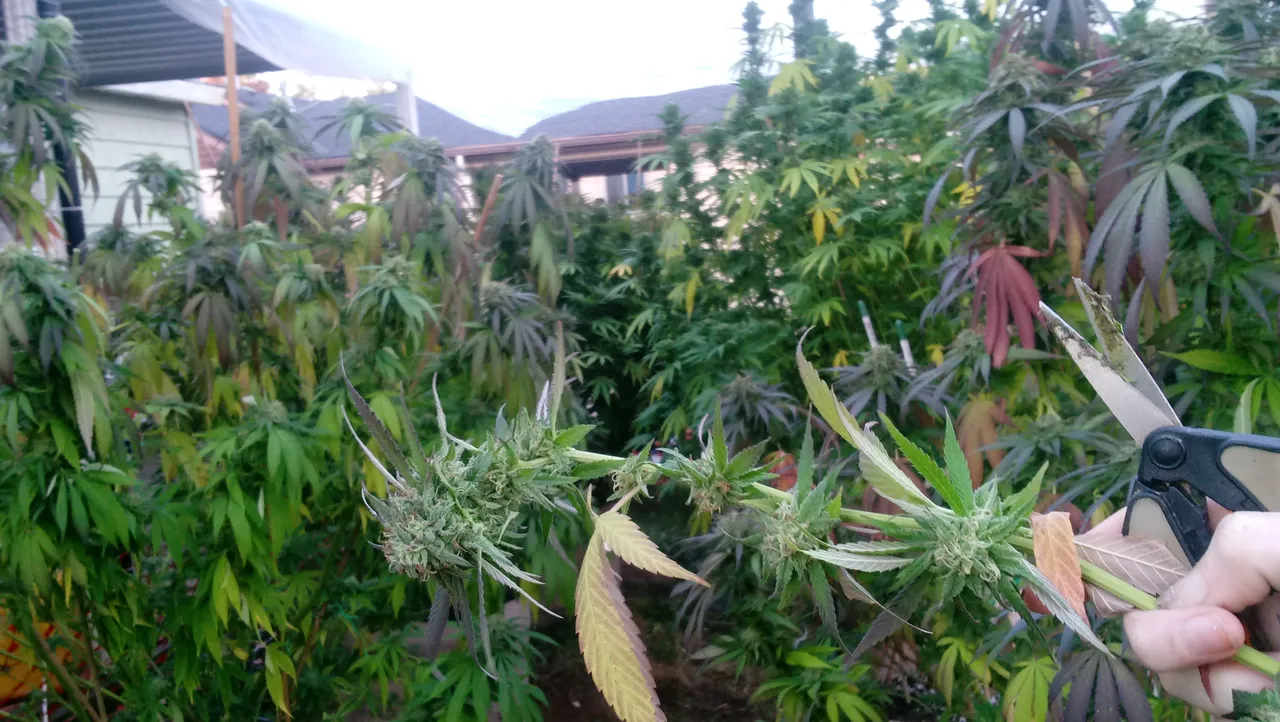
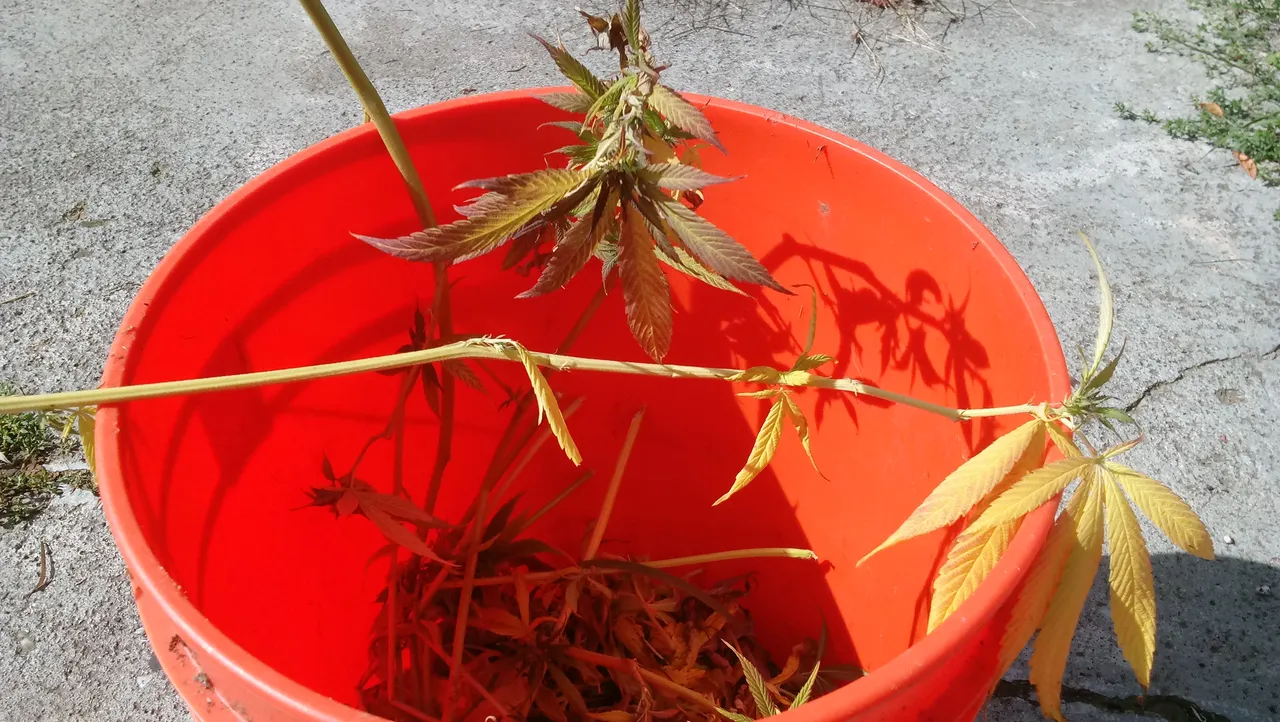

Here is the series so far:
Episode 2: Transplanting Cannabis, Organic Pest Control, Strain Varieties
Episode 3: Preparing Your Grow Space, Treating Burnt Plants
Episode 5: Transplanting into Final Grow Space, Topping Plants, & Finishing Animal Fencing
Episode 6: Applying Proper Feedings with Organic Nutrients
Episode 7: Feeding After Topping, Storm Damage, Selective Leaf Removal, & Caging Cannabis
Episode 8: Final Topping, Leaf Removal, & Safely Sacrificing a Male Plant
OR
Click here for links to all the 2018 Episodes
Trailer Park Boys Style

Please enjoy episode 14 of this year's Backyard Cannabis Farming series. Hopefully we all acquire wisdom for growing cannabis effectively and organically together.
From 9/18/2019 - 9/28/2019
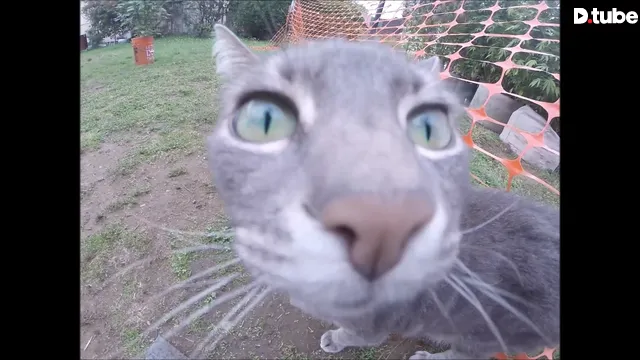
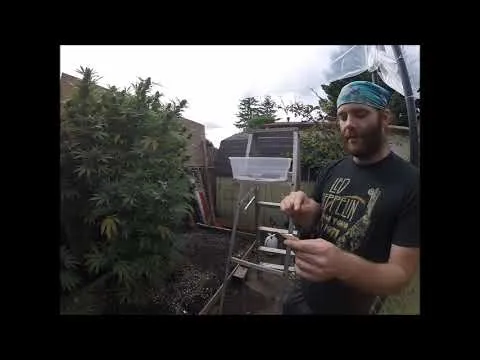

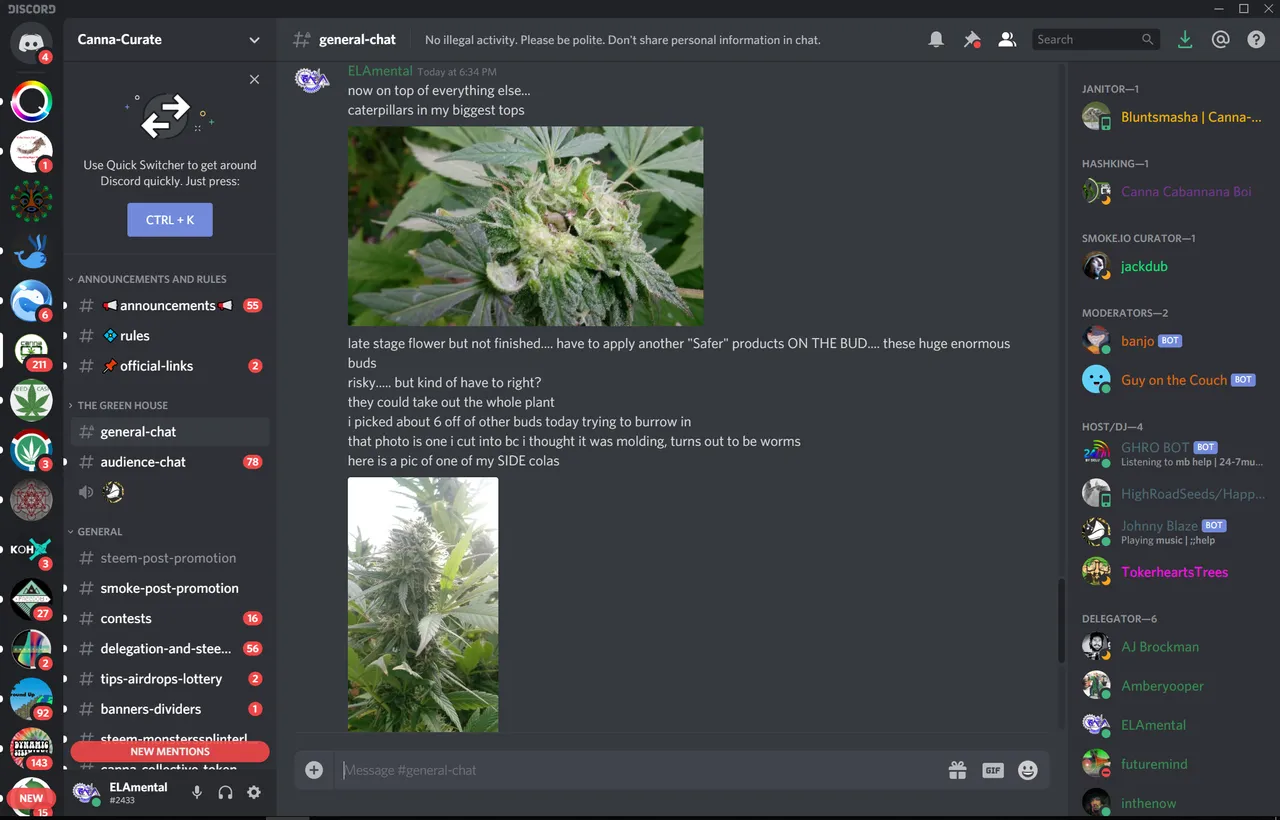
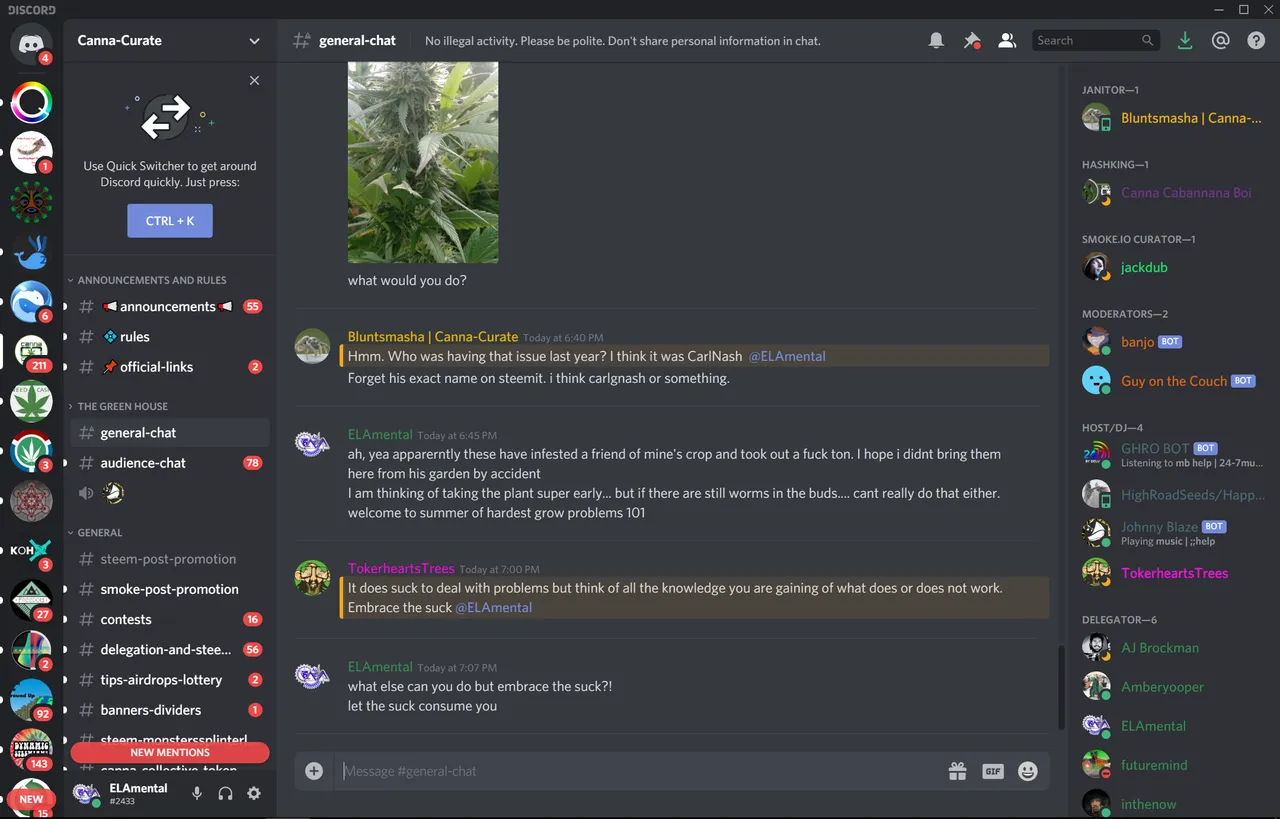
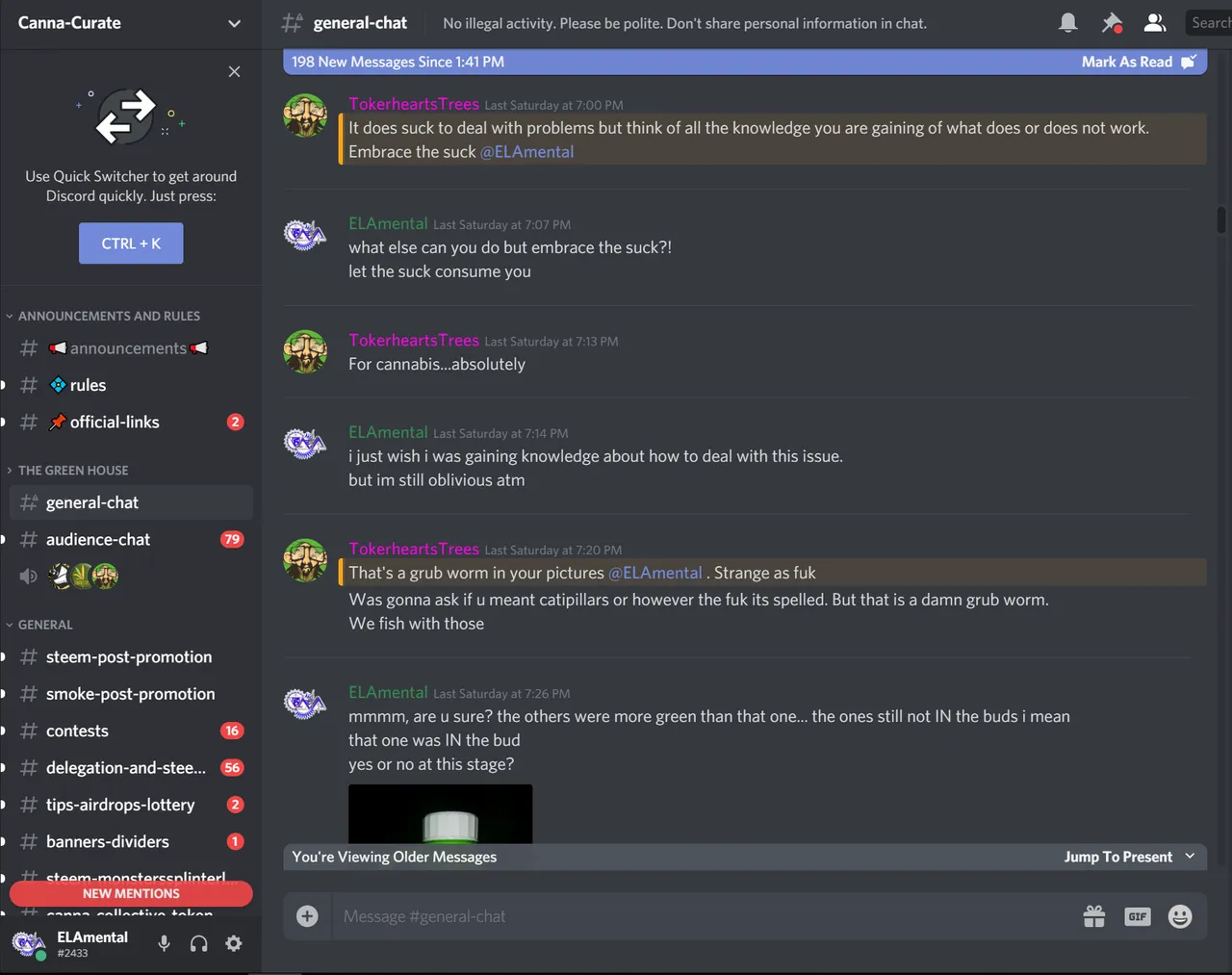
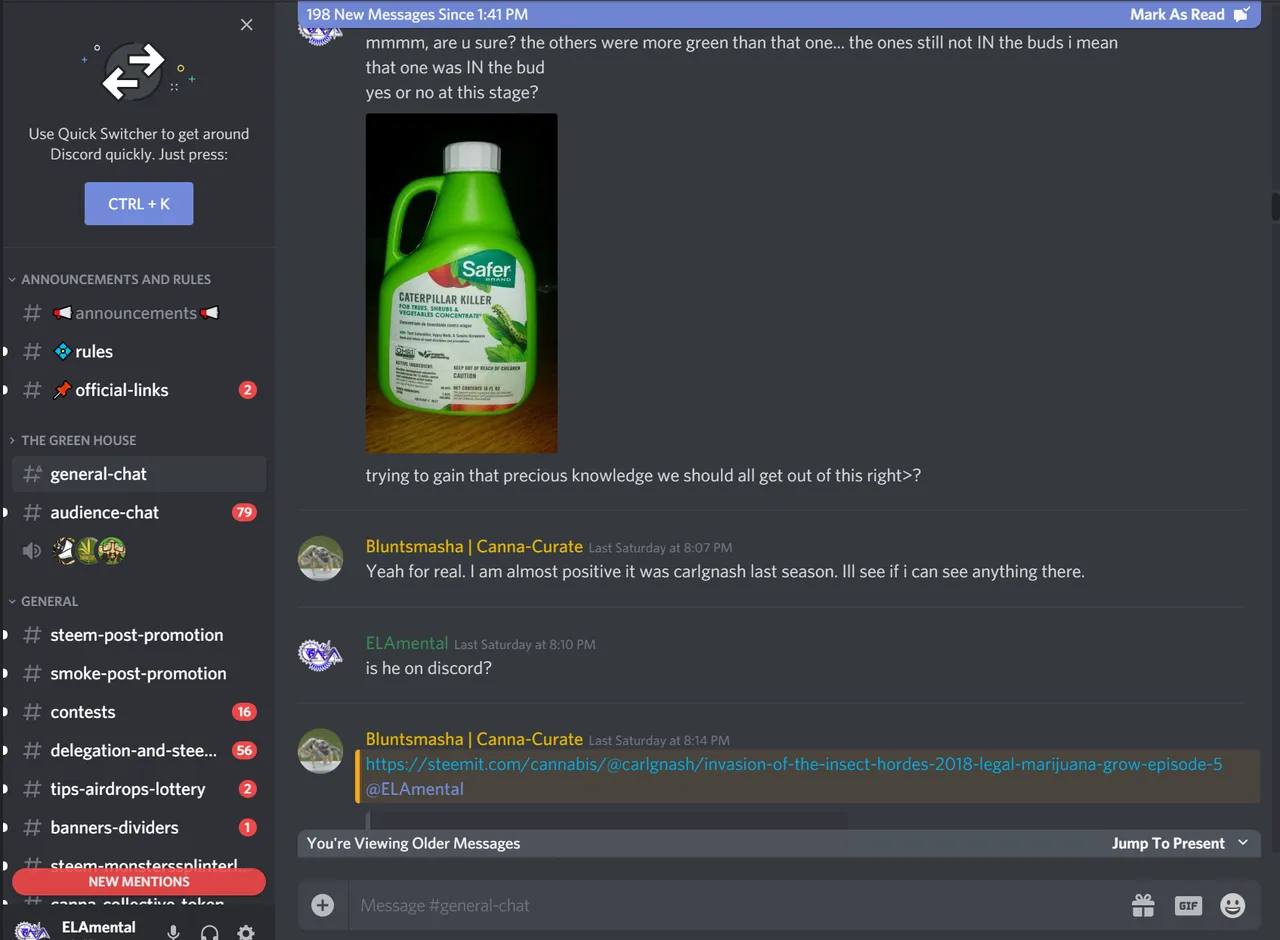
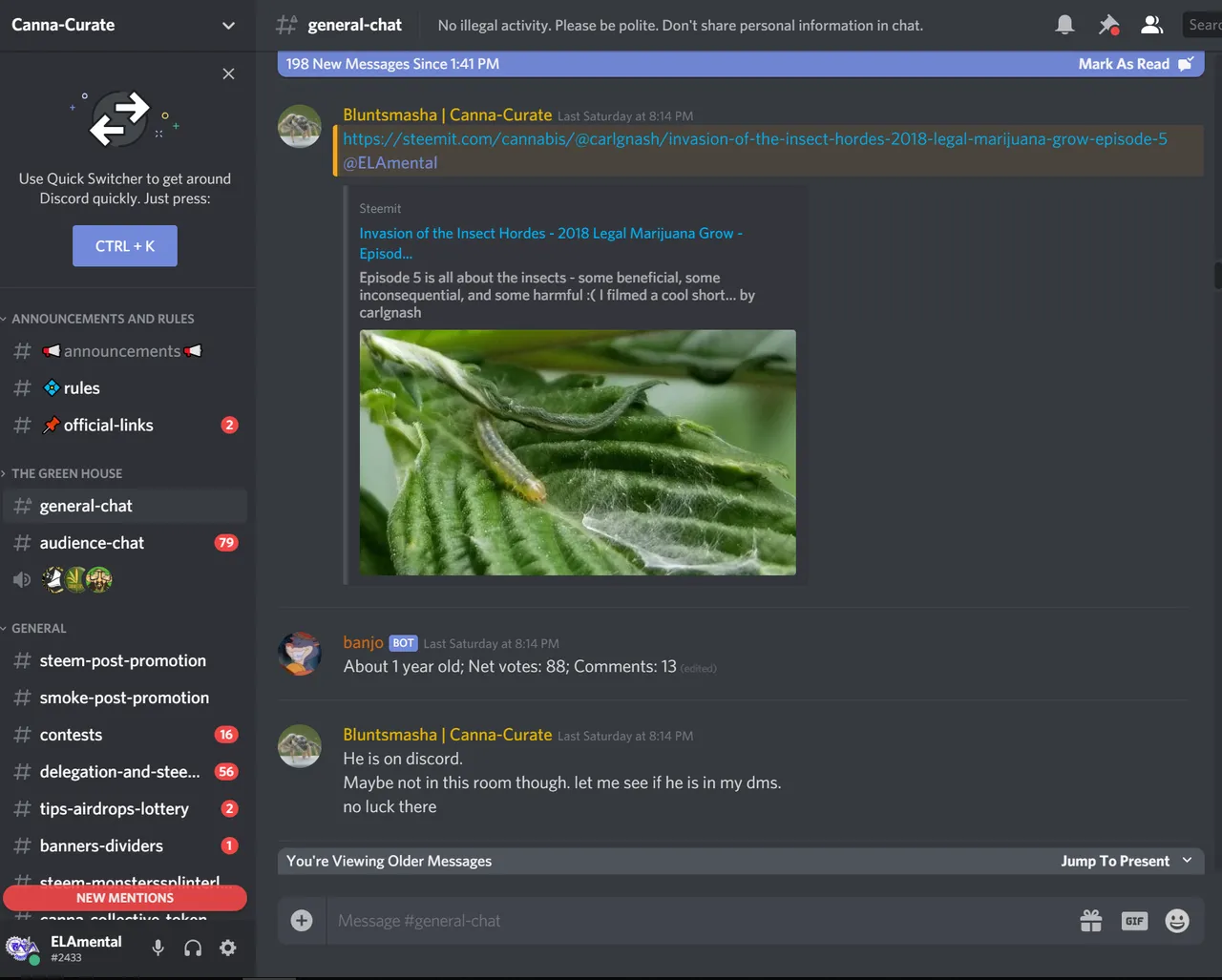
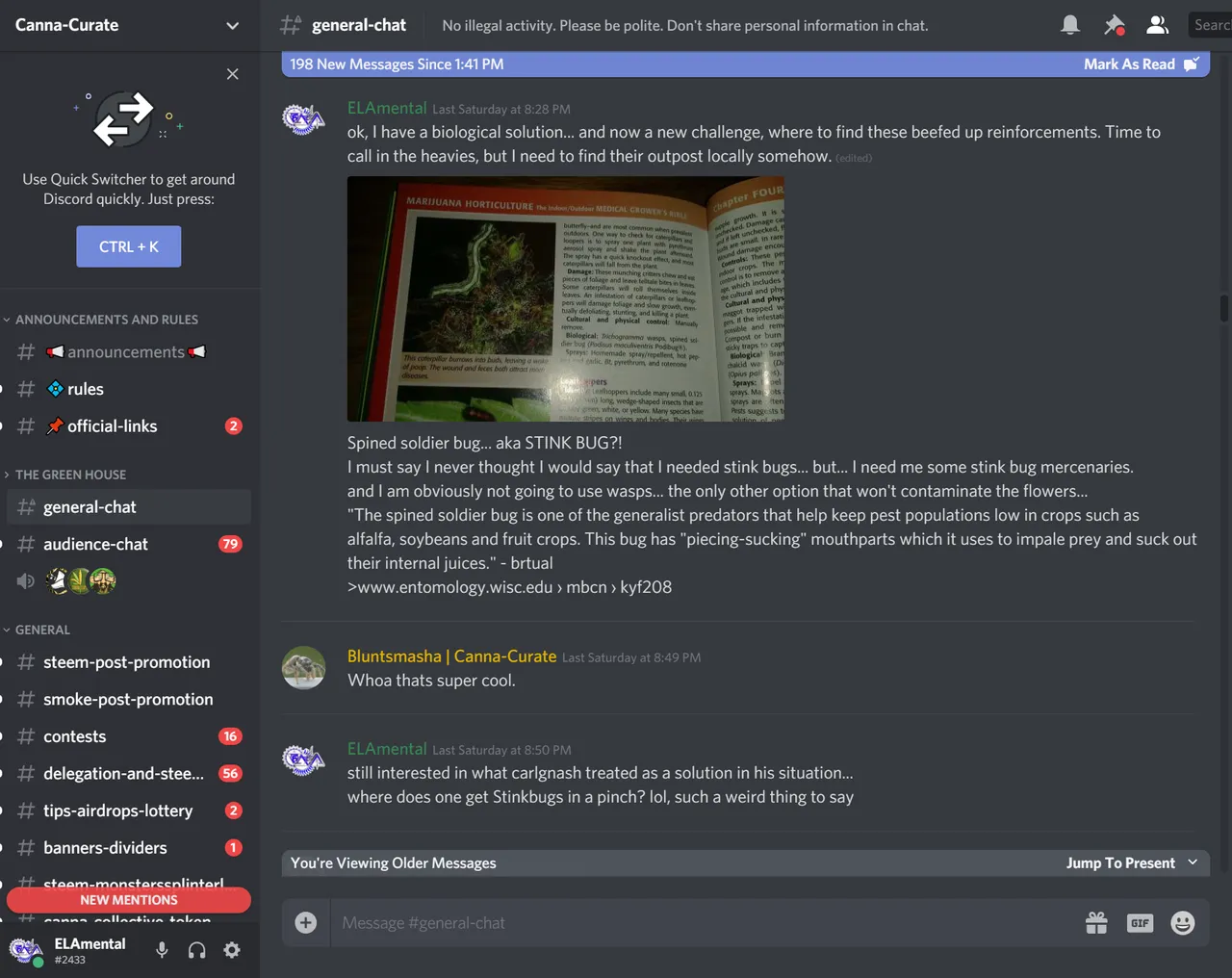

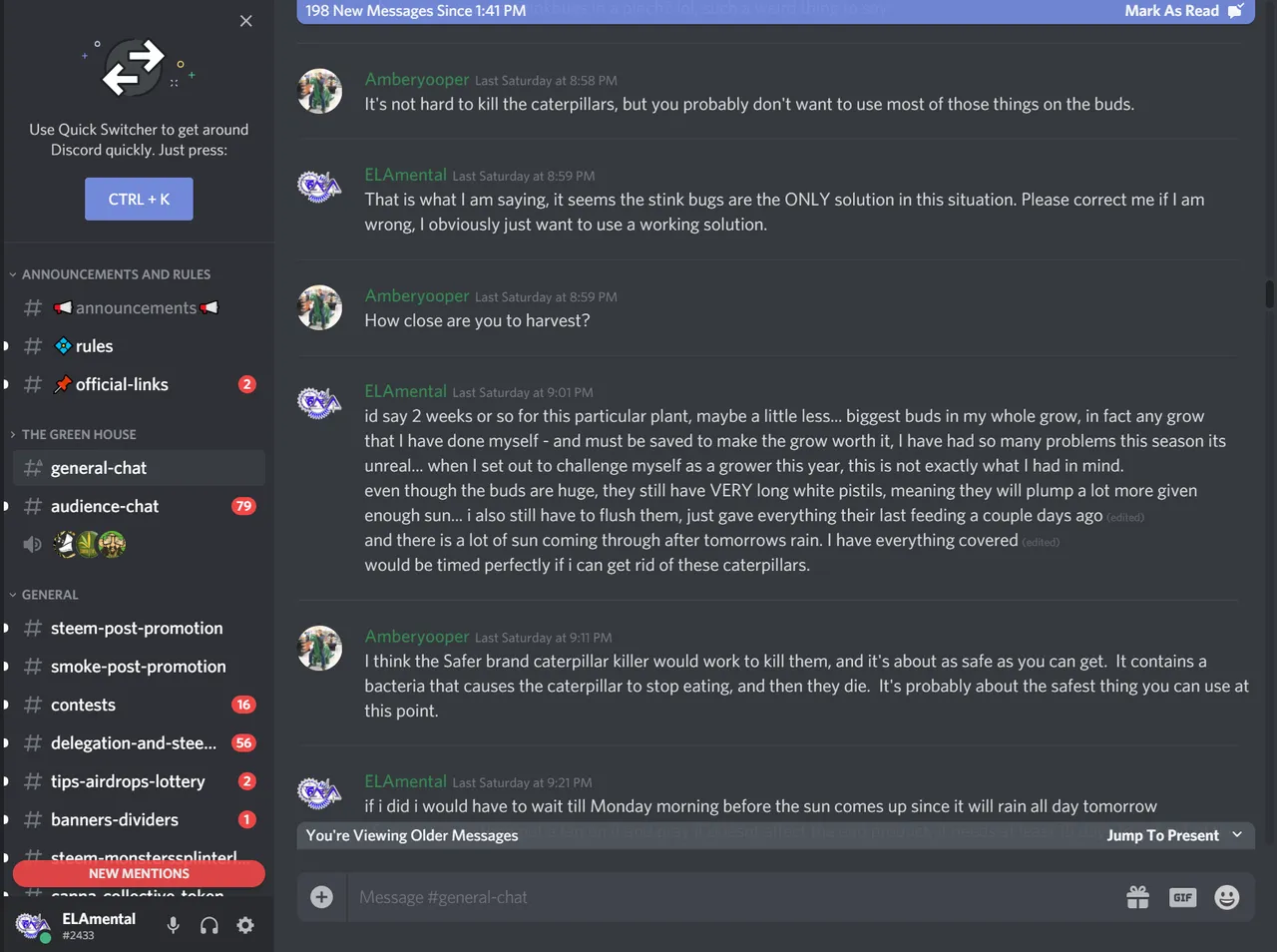
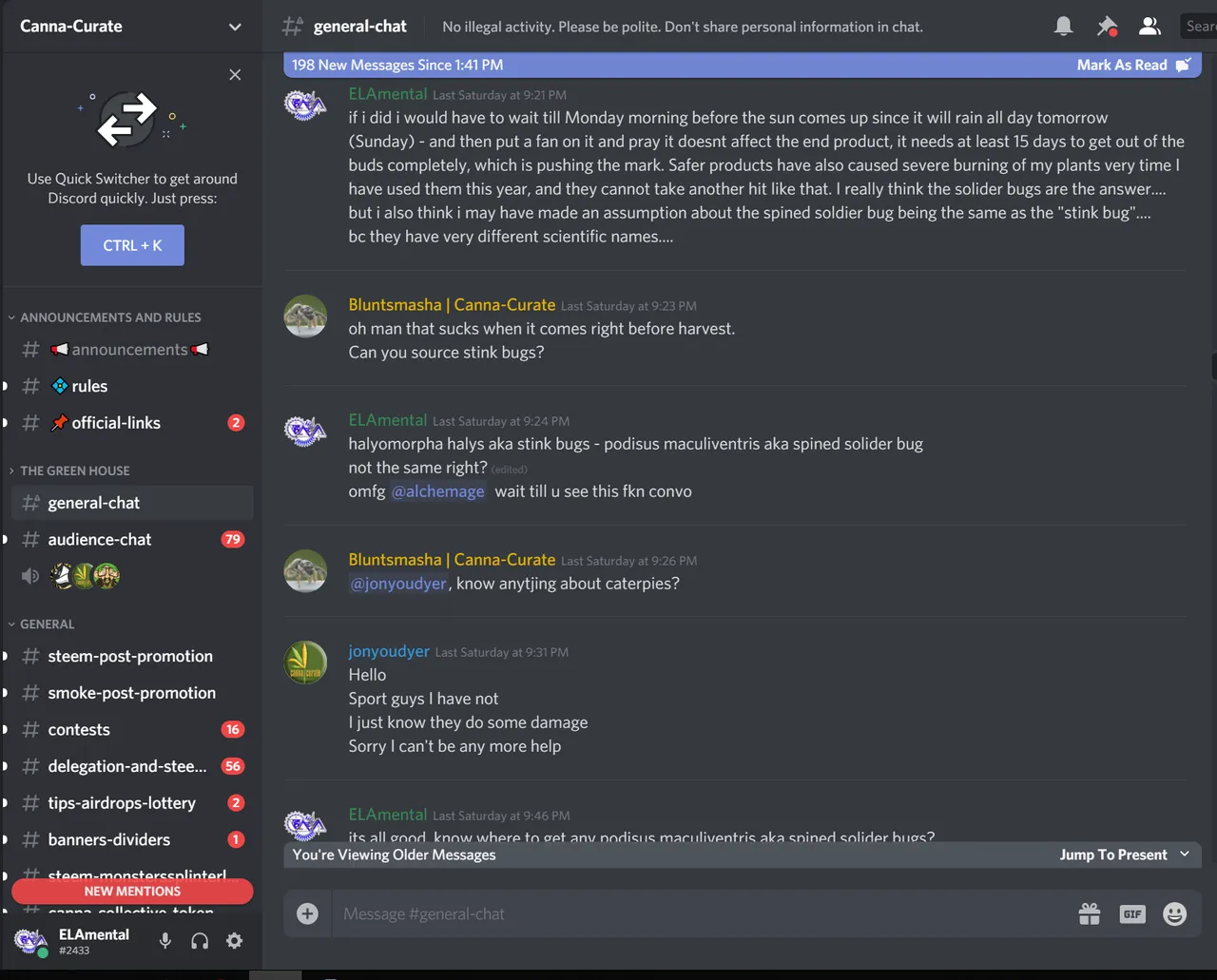

Reference:
- http://www.entomology.wisc.edu/mbcn/kyf208.html
- Marijuana Horticulture: The Indoor/Outdoor Medical Grower's Bible by: Jorge Cervantes

Blessings everyone & stay tuned - into the right frequencies


Click here to hear my new track: Shift the Focus on Dsound
Do not forget that my debut conscious Hip-Hop album is completely free for download on Bandcamp and Soundcloud (click the links to go to my music on those platforms), or CLICK HERE for download instructions.






▶️ DTube
▶️ YouTube